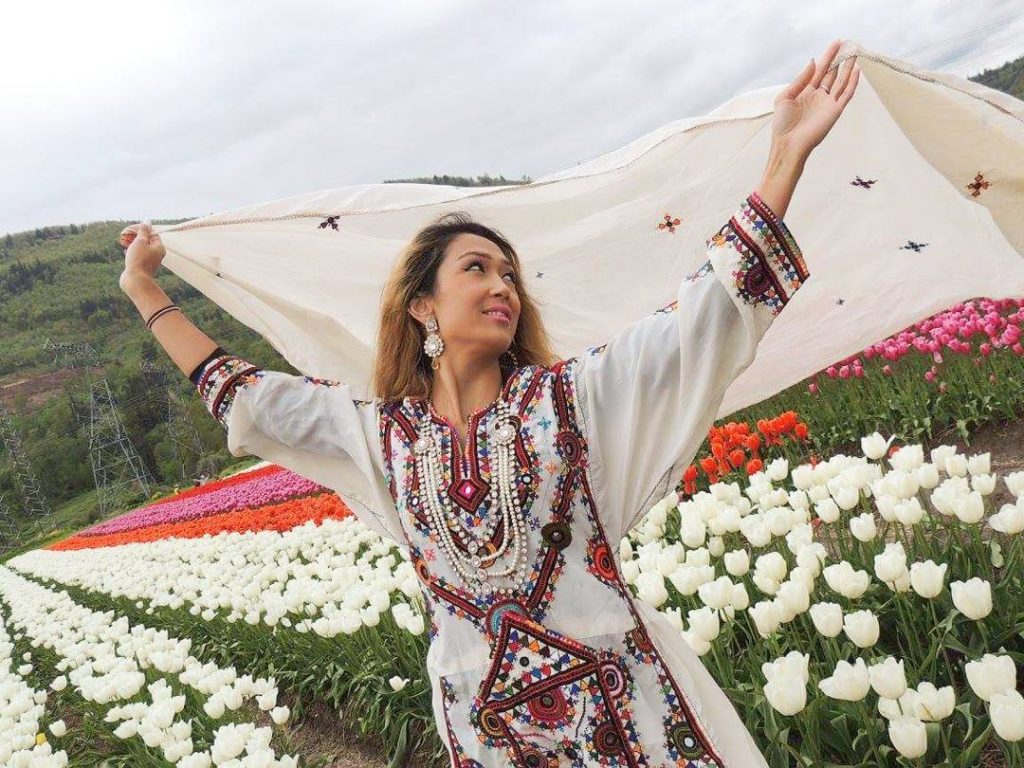Balochistan…! The land of mountains, deserts and love is widely known for its political worsening situations, terrorist attacks, rich mineral resources (Copper, Gold, Oil, Gas) and the CPEC that connects Gwadar to Kashgar. But the immense and historical traditions and highly rich culture lake the popularity in the international community. It is not popularly known that Balochistan holds world’s oldest civilization (Mehar Ghar) and too the discovery of Baluchi thitherium.
Moreover, one of the most prominent and integral part of Baloch cultural heritage is the Balochi Women dress which for years has been the center of attraction due to its uniqueness and beauty. The basic elements in Balochi Doch (embroidery) are the art and its pattern that dates back to the ancient times, thus making it one of the oldest styles of embroidery in the universe.
Furthermore, The Balochi Doch (embroidery) consists of needlework which needs years of expertise. Women themselves sew their clothes with the techniques which they learn from childhood. But the professionals whom work is to sew clothes are DochGirr (the embroider). A single pair of dress takes 1 to 3 months depending upon the quality and specialty of the embroidery which amounts from 10,000 to 120,000 rupees. The most expensive and branded dresses include Murg u Panch, Arif E Chadir, Jalaar, Kantuk U Naal and Mirchuk u Chammuk.
How a cloth is processed into a dress..!
A raw cloth is cut into pieces like “Jeeg, Aastoonk, Badd, Pandol, Shalwar”.
Firstly, they begin to sew the front area called “Jeeg” in local language which covers the entire front area from chest to the belly.
Secondly, they start sewing the pocket called “Pandol” which is long and sewed with front area below the chest.
Thirdly, they sew the “Aastoonk” sleeves of arm area needling the required styles of the related embroidery and then they sew the sleeves of foot area.
Lastly, they would sew the corner of the shawl which is used to cover the head and to wipe the body.
Then, the entire pieces will be sewed into one dress from the machine.

